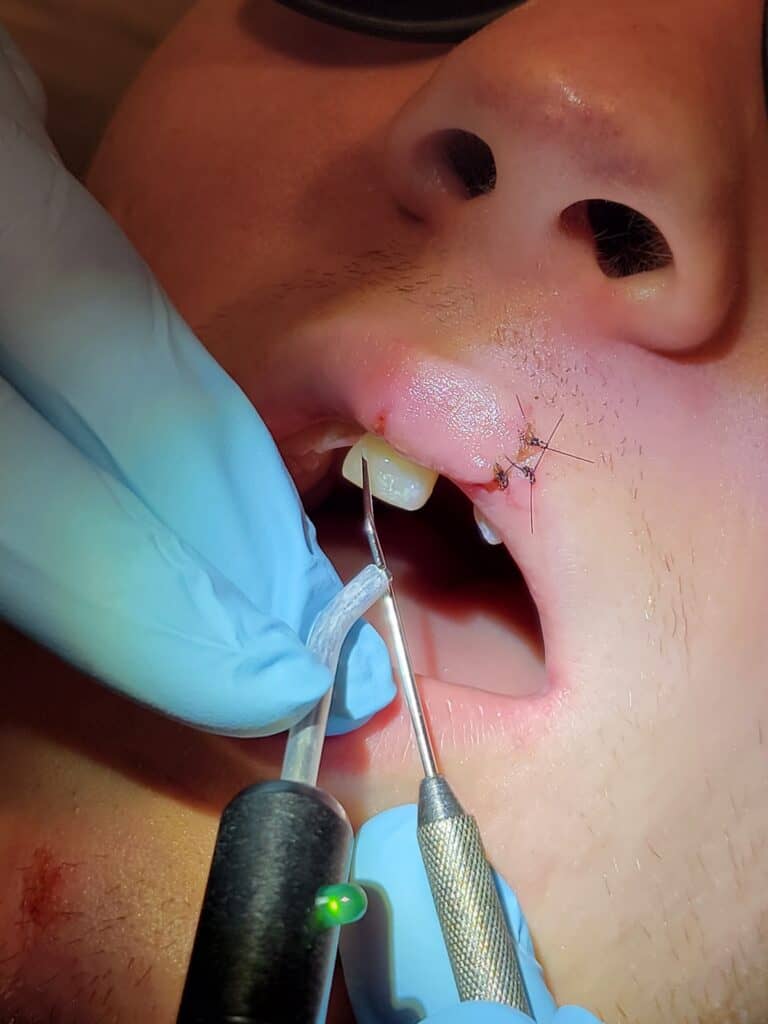Oftentimes many heavily restored teeth and older patients test cold negative – ACROSS MANY TEETH.
So, how to better test as we heavily rely on COLD to reflect on vitality? The EPT!
EPT = electric pulp tester
How does the EPT work?
An electrical current can be applied to the tooth in order to generate an action potential in the Type Aδ fibres within pulp, eliciting a neurological response. Such tests are conducted by applying a conducting medium (e.g. toothpaste) on a dried tooth and placing the probe tip of an electric pulp tester on the surface of the tooth closest to the pulp horn(s). The patient is then directed to hold the end of the conducting probe to complete the circuit and asked to let go of the probe when a ‘tingling’ sensation is felt.
Kleier, et al. Dec ’82. “Electronic and Clinical Comparison of Pulp Testers”. JDR
All crowned? Not a problem… use a special order @kerrdentalna crown tip OR *fashion* your own – see picture: EPT to bend on endo explorer to toothpaste to tooth and use the EPT in the same way. **This is a bit tricker since the operator/dentist/endodontist is essentially holding both the explorer and the EPT wand to conduct (as well as monitoring the pt with coaching directions and their hand on the wand)
My PVT worksheet picture is attached. Please note that among MOST patients, most “healthy” teeth will respond similarly.
In this case the “healthy” range in my interpretation is in the 40 – 60 range. But, the outlier is 80. Sometimes an outlier will be the 70 among the average of the other teeth responding in the 30 – 40 range, if that makes sense?
Nevertheless, even when the other tests might be a bit all over the place, I’m looking at ALL the information, and the information all together will usually suggest ONE tooth as most remarkable among ALL the tests, horizontally analyzing the testing across the entire quadrant.
Hope that makes sense.
DM or comment with any questions


